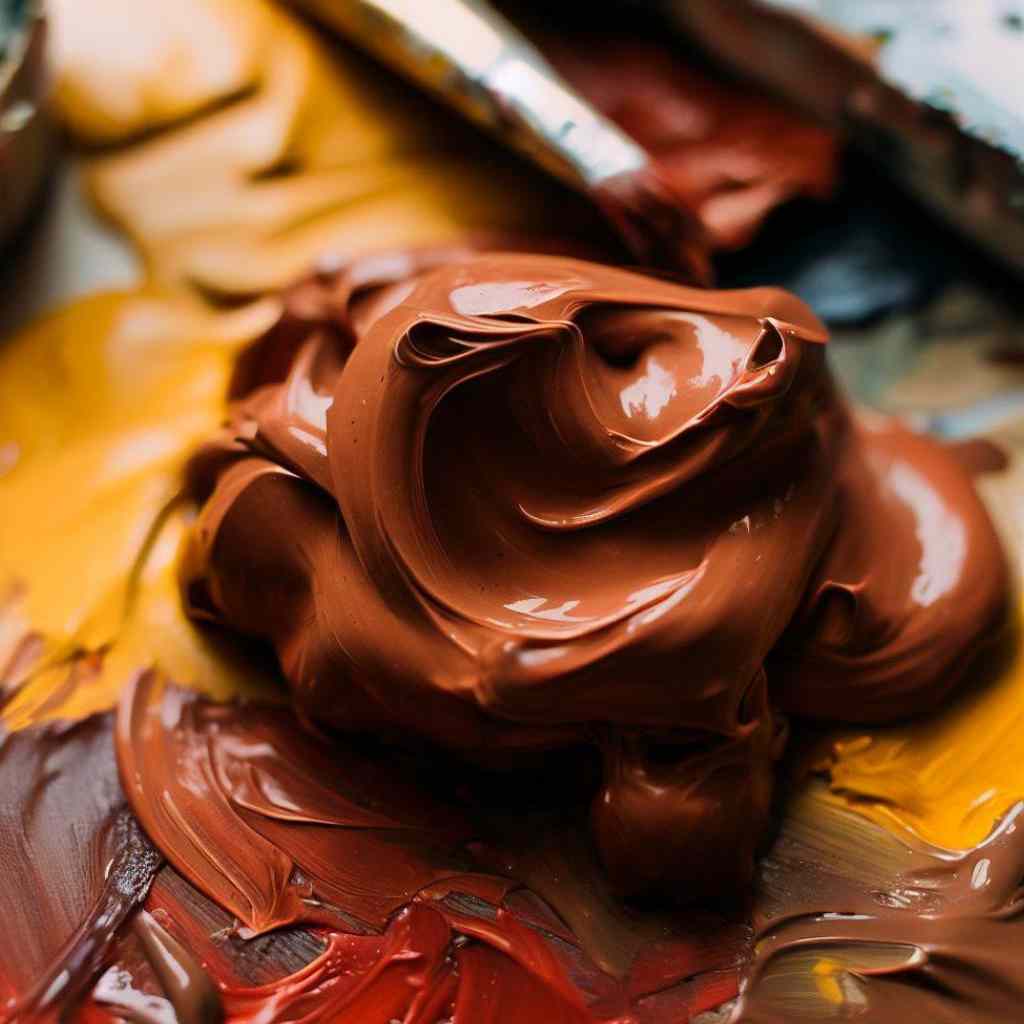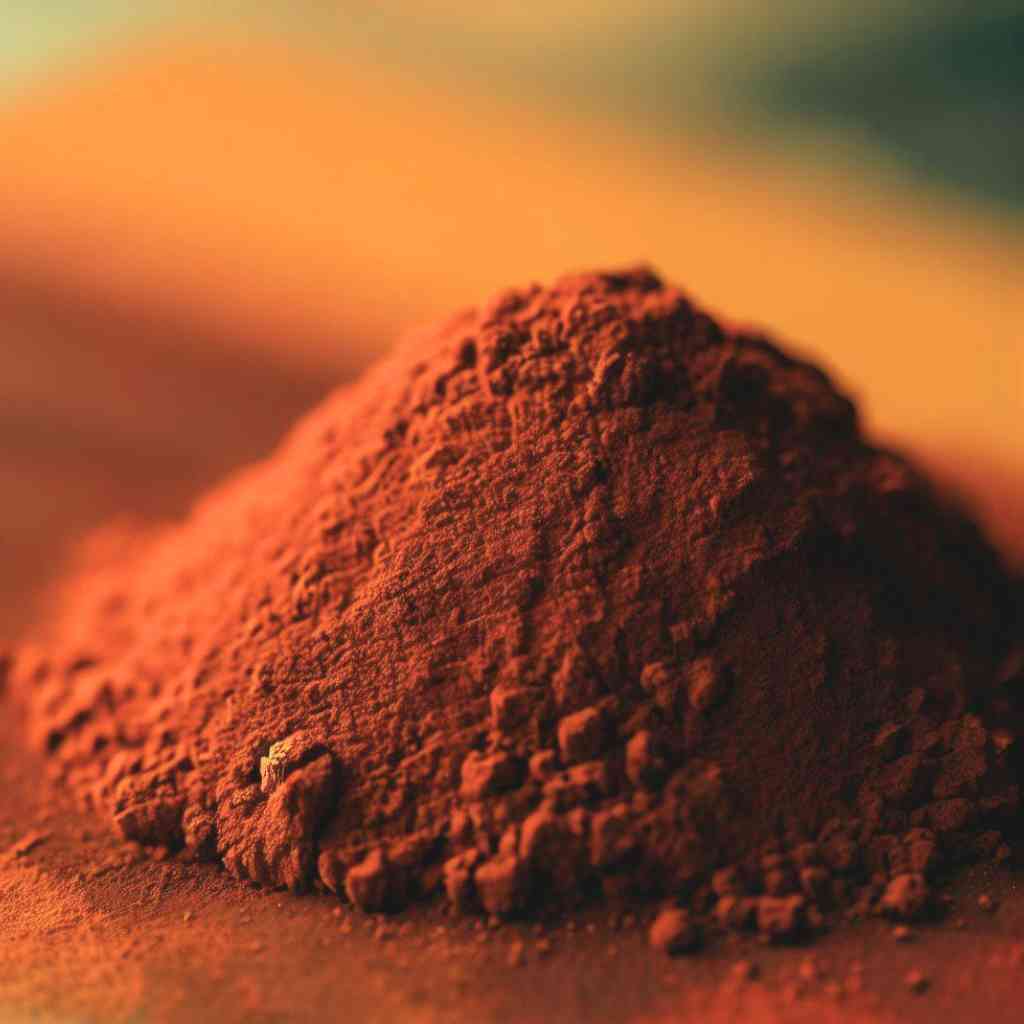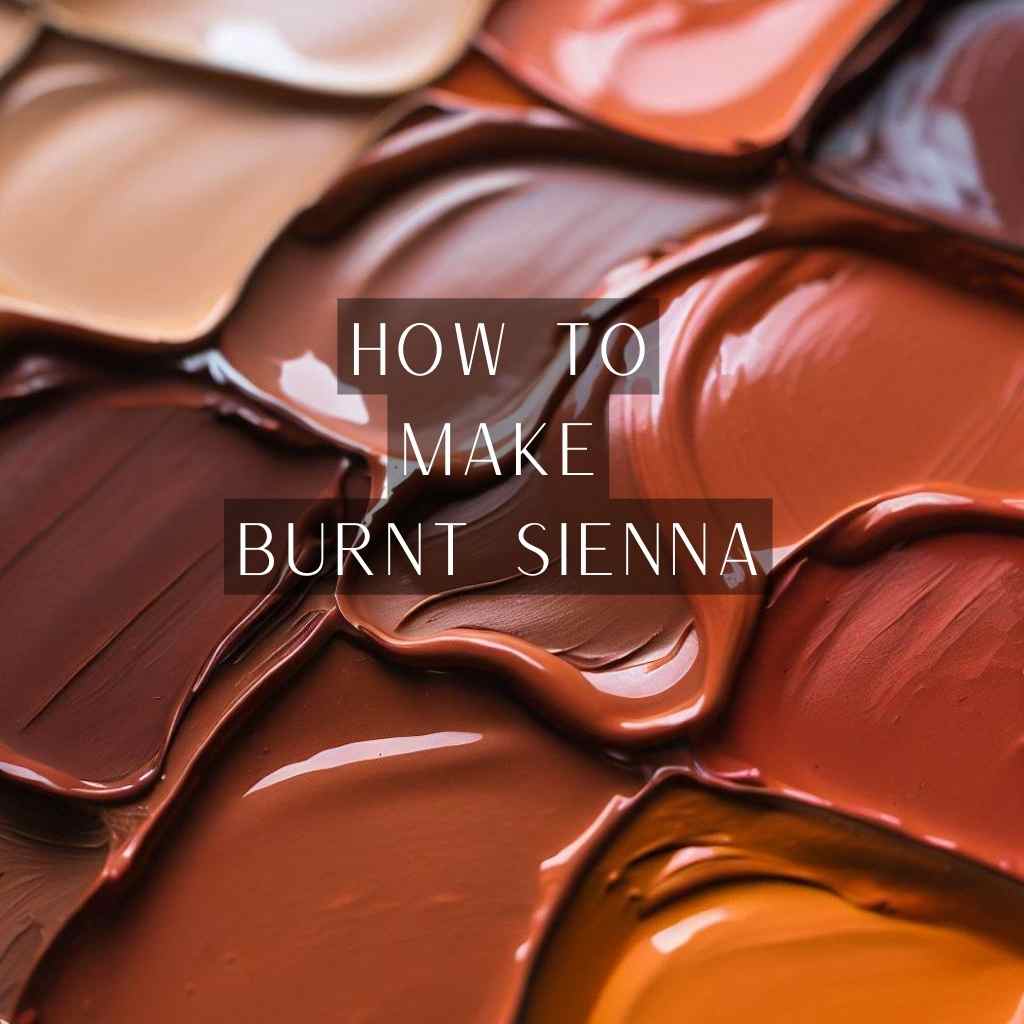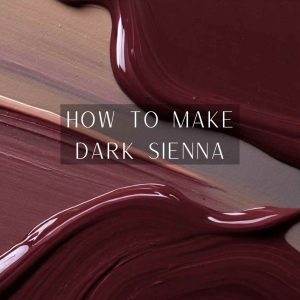In the realm of artistic expression, the interplay of colors isn’t just a visual feast, but a language that resonates deep within our senses. Imagine capturing the very essence of warmth, earthiness, and timeless allure in a single pigment.
Burnt sienna is more than a hue; it’s an embodiment of history, emotion, and creativity on your canvas. As you embark on this journey of discovery, it’s only natural to wonder how to make burnt sienna.
To achieve Burnt Sienna’s tone add a touch of yellow paint with a small quantity of red paint to create a lively orange base, then subtly adjust by adding a hint of brown paint.
But let’s not rush to the solution just yet. Let’s first delve into the enchanting world of colors, where a single shade can evoke a myriad of emotions, spark inspiration, and transform a blank canvas into a vivid narrative.
What is Burnt Sienna?

This rich, earthy pigment derives its name from the Italian city of Siena, where it was first mined and processed centuries ago. It gained popularity among artists during the Renaissance, and since then, it has been cherished for its warm, reddish-brown hue.
Burnt Sienna boasts some unique characteristics that set it apart from other pigments. Its main component is iron oxide, which lends it a beautiful rusty color. Its transparency and ability to mix well with other colors make it a versatile choice for various artistic endeavors.
The applications of Burnt Sienna extend beyond the realm of art. From its use in cosmetic products to coloring textiles and even in construction, this pigment finds its way into diverse fields, proving its worth as a valuable addition to the creative world.
How to Make Burnt Sienna by Mixing Colors?
This warm, earthy hue can add depth, warmth, and natural beauty to your artwork, making them truly stand out. Understanding color theory would help you to understand the art of color mixing.
Here is how to make burnt sienna by mixing colors to allow you to bring life and vibrancy to your creations-

Materials Needed
To mix Burnt Sienna, you’ll need the following materials:
- Red paint (preferably a warm red like Cadmium Red or Vermilion)
- Yellow paint (ideally a warm yellow such as Cadmium Yellow or Yellow Ochre)
- Brown paint (Raw Umber or Burnt Umber)
- A mixing palette or surface
- Paintbrushes
Step-by-Step Guide to Mixing Burnt Sienna
Step 1: Prepare your palette
Start by setting up your mixing palette or surface. Ensure that it’s clean and free from any remnants of previous colors to avoid contamination.
Step 2: Begin with the base color
Squeeze a small amount of red paint onto the palette. This will serve as the base color for creating Burnt Sienna.
Step 3: Add yellow to create an orange hue
Next, add a small amount of yellow paint to the red paint on your palette. Mix the two colors thoroughly until you achieve a vibrant orange hue. This mixture forms the foundation for creating Burnt Sienna.
Step 4: Introduce the brown pigment
Now, it’s time to bring in the brown pigment. Add a tiny amount of brown paint (Raw Umber or Burnt Umber) to the orange mixture. The brown will help tone down the intensity of the orange and bring it closer to the desired Burnt Sienna color.
Step 5: Observe and adjust
As you mix the colors, take a moment to observe the shade you’re creating. If the resulting color is too vibrant or bright, add a touch more brown to mellow it down. Conversely, if it appears too dull, add a bit more red or yellow to liven it up.
Step 6: Achieving the perfect Burnt Sienna
Continue adjusting and fine-tuning the color until you achieve the desired Burnt Sienna shade. The key is to strike a balance between the warmth of the orange and the earthiness of the brown.
How to Make Burnt Sienna Pigment: Traditional Method

The traditional way of making burnt sienna pigment echoes the simplicity and beauty of nature’s rhythms.
Through sun-drying, heating, and grinding, artists engage in an intricate dialogue with the elements, channeling the energies of the sun and the alchemical transformations of heat.
As modernity continues its march, these traditional techniques stand as a testament to the enduring power of human creativity and the harmonious partnership between art and nature.
Materials and Tools
Before embarking on your journey to create burnt sienna pigment, gather the essential tools and materials to ensure a seamless creative process.
Here’s a checklist to get you started:
- Raw earth pigment
- Mortar and pestle
- Sieve
- Measuring tools to achieve precise proportions
- Palette or mixing surface for blending colors
- Water or appropriate medium for consistency adjustment
- Containers for storing your homemade Burnt Sienna
- Protective gear like gloves and apron to keep your workspace clean
The Process of Making Burnt Sienna
For those intrigued by the idea of creating their own Burnt Sienna pigment, follow this step-by-step guide:
- Gather Raw Earth Pigments: Collect high-quality raw earth pigments, such as red ochre or raw sienna.
- Sun-Drying or Heating: Spread the pigments on a flat surface to sun-dry or heat them in an oven in earthenware containers or metal pans until they take on the desired hue.
The duration of heating and the temperature can make various shades of Burnt Sienna.
- Grinding Process: Use a mortar and pestle or a grinder to crush the pigments into a fine powder.
- Sifting: Sift the powdered pigments through a fine mesh to remove any impurities.
- Store in Airtight Containers: Store your handmade Burnt Sienna pigment in airtight containers to preserve its freshness.
To make paint with this pigment-
Use different color medium’s paint binders to achieve your desired medium burnt sienna color.

Here is some paint binder recommendation-
Watercolor paint binders: Gum Arabic, QoR Watercolor Medium, Schmincke watercolor binder.
Here are more options.
Acrylic paint binders: PEBEO Studio Acrylic Binder, Golden GAC-100 Acrylic Polymer.
Oil paint binders: Linseed Oil, Sansodor, Gamsol Odorless Mineral Spirits.
Troubleshooting Common Mistakes
Here are some common mistakes to avoid in the process of making burnt sienna-
Overloading with red pigment: While it may be tempting to create an intense Burnt Sienna, be cautious not to overuse the red pigment, as it can overpower the warmth of the color.
Neglecting swatch tests: Skipping the swatch test may lead to unpredictable results on your final artwork. Take the time to experiment on different surfaces to refine your understanding of the pigment.
Rushing the blending process: Patience is key when creating Burnt Sienna. Rushing the mixing and blending can lead to an uneven distribution of pigments and affect the overall quality of the hue.
FAQs
- Can I create custom shades by blending Burnt Sienna with other colors?
Absolutely! Mixing Burnt Sienna with complementary or contrasting colors can yield a wide range of captivating shades. Experimentation with different combinations can lead to unique and visually striking outcomes.
- Can Burnt Sienna be used in monochromatic artworks?
Absolutely, Burnt Sienna can serve as the main color in a monochromatic artwork. By varying its intensity and tonality, you can create a monochromatic piece with depth and visual intrigue.
- Can I use Burnt Sienna to create an aged or vintage appearance in art?
Yes, Burnt Sienna’s earthy qualities can create an aged or vintage appearance. By selectively incorporating it into specific areas or using it as a wash, you can infuse your artwork with a touch of timeless charm.
- Can Burnt Sienna be mixed with metallic pigments for a luxurious effect?
Combining Burnt Sienna with metallic pigments like gold or copper can create a stunning contrast between the warm earthy tones and the shimmer of metal. This fusion can infuse your artwork with a sense of opulence and luxury.
- How can Burnt Sienna be used to highlight focal points in art?
Burnt Sienna’s warm and distinct hue naturally draws attention. By strategically placing it in areas you want to emphasize, you can guide the viewer’s gaze toward the focal points of your composition.
Conclusion
In the grand symphony of colors that grace the canvas, there’s one tone that stands as a timeless testament to the art of burnt sienna.
From the birth of your creative idea to the final stroke of your masterpiece, this hue has emerged as both a challenge and a muse.
As we now draw the curtains on this exploration of how to make burnt sienna, the journey of color harmonies and expressive artistry doesn’t end; it simply transforms.
So, as you venture forth, let the knowledge you’ve gained be the palette from which your imagination springs, and may your art forever dance with the rich elegance of Burnt Sienna.




